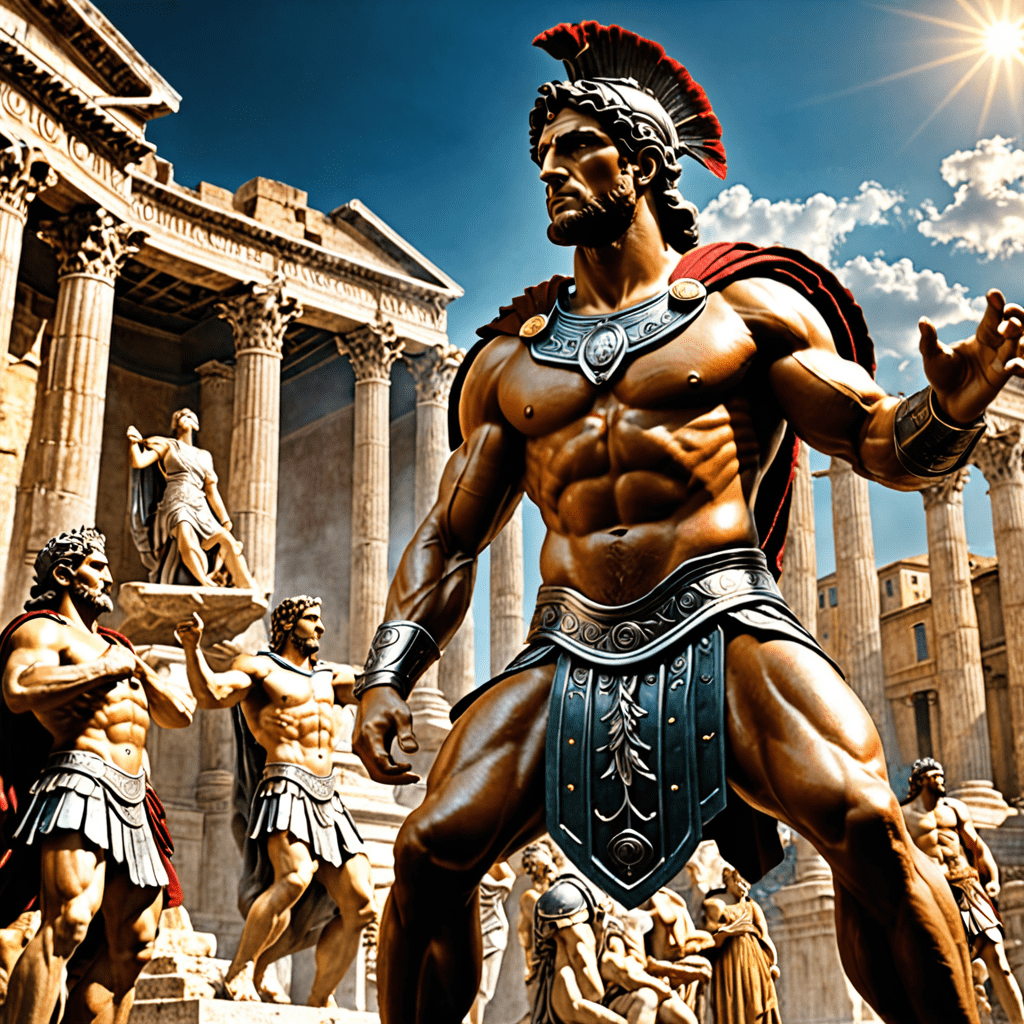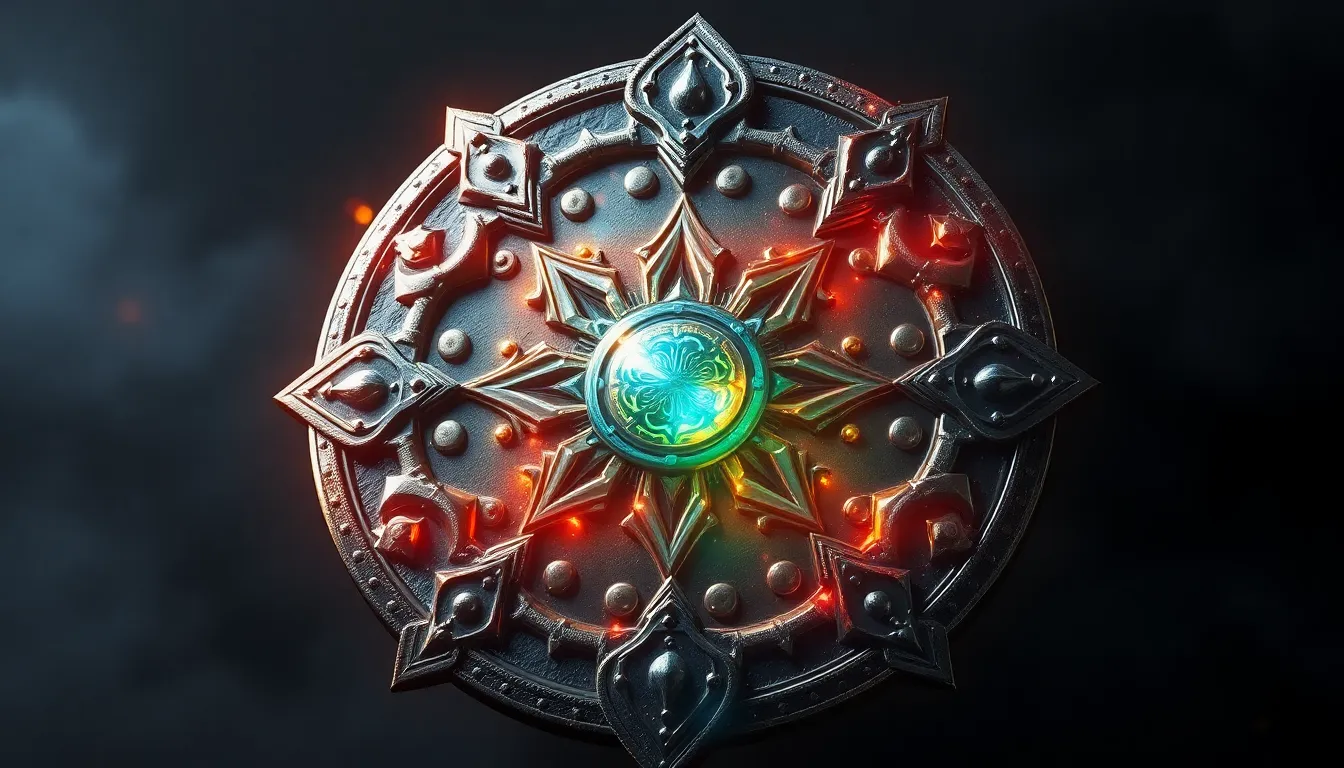The Symbolism Behind Roman Mythology
What is Roman Mythology?
Roman mythology is the collection of beliefs, rituals, and stories originating from the ancient Romans. It includes a vast array of gods, goddesses, and mythical narratives that form the cultural heritage of the Roman people. These myths were used to explain natural phenomena, teach moral lessons, and provide a framework for societal beliefs.
Key Symbolic Elements in Roman Mythology
1. **Gods and Goddesses:** Each deity in Roman mythology embodied specific qualities and symbolized various aspects of life, such as wisdom, war, love, harvest, or home. For example, Jupiter symbolized power and leadership, while Venus signified love and beauty.
2. **Animals:** Animals were often associated with gods and used as symbols in Roman myths. For instance, the owl was linked to the goddess Minerva, symbolizing wisdom and foresight, while the wolf was sacred to Mars, representing the military prowess of Rome.
3. **Colors:** Different colors held symbolic meanings in Roman mythology. For example, gold symbolized the eternal, the divine, and power, while red was associated with passion, war, and strength.
Importance of Symbolism in Roman Mythology
The symbolism in Roman mythology played a crucial role in shaping the foundation of Roman culture and beliefs. It provided a way for the Romans to understand the world around them, instill moral principles, and foster a sense of national identity. By incorporating symbols into myths, the stories gained depth and resonated with the people on a profound level, shaping their beliefs and behavior.
Legacy of Roman Mythological Symbolism
Even though ancient Roman civilization has long passed, the symbolism found in Roman mythology continues to influence art, literature, and popular culture. References to Roman gods and goddesses, their traits, and the symbolic meanings attached to them can still be seen in modern interpretations and adaptations. The rich tapestry of symbolic elements in Roman mythology continues to fascinate and inspire people around the world.
FAQ About The Symbolism Behind Roman Mythology
What is Roman mythology?
Roman mythology refers to the traditional stories and beliefs of the ancient Romans. These myths often involve gods, goddesses, heroes, and legendary creatures, shaping the Roman culture and worldview.
How does Roman mythology use symbolism?
Symbolism in Roman mythology is prevalent and often represents deeper meanings. For example, Jupiter (Zeus in Greek mythology) symbolizes power and authority, while Venus symbolizes love and beauty. Each deity and mythological element carries symbolic significance.
What are some common symbols in Roman mythology?
Common symbols in Roman mythology include the eagle, associated with Jupiter and representing strength and courage; the she-wolf, symbolizing Rome’s legendary founders Romulus and Remus; and the cornucopia, symbolizing abundance and prosperity.
How does understanding the symbolism in Roman mythology help interpret ancient Roman culture?
By understanding the symbolism in Roman mythology, we can gain insights into the values, beliefs, and societal norms of ancient Romans. It provides a deeper understanding of their religious practices, art, literature, and overall worldview.



